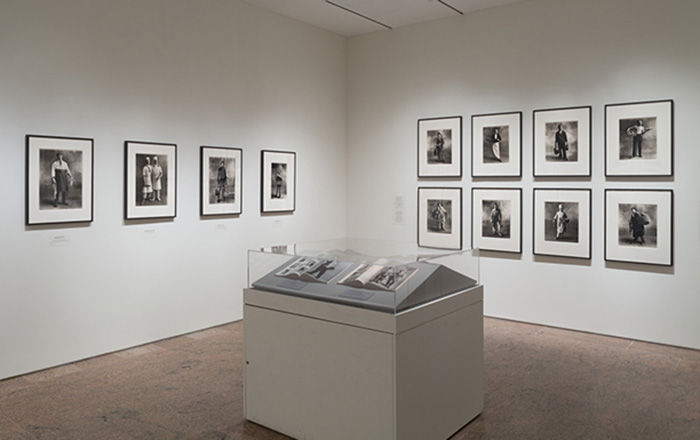Photographie Lunaire: Bouillaud, Ptolémée, Copernic
Maurice Loewy French, born Austria
Pierre Henri Puiseux French
Not on view
This enormous photogravure was made for the multivolume lunar atlas by Maurice Loewy and Pierre Henri Puiseux, L'atlas photographique de la lune (1910). The negatives were produced at the Paris Observatory with a camera attached to a telescope. Since the earth and the moon are moving constantly, the camera and telescope had to move accordingly to produce a clear image-no easy feat considering the long exposure times required to take photographs at night. Both were synchronized with the moon's path by a sophisticated preset clock system, and the resulting images, such as this example, maintained an impressive amount of detail, even after subsequent photographic enlargement and transfer to an etching plate. By the end of the nineteenth century, when the Atlas project was initiated, photogravure had improved sufficiently to allow thousands of ink prints to be produced from a single plate, which led to the wide circulation of photographically illustrated texts-and, in this case, the sharing of astronomical research. The three names in the title refer to lunar craters visible in the image.
This image cannot be enlarged, viewed at full screen, or downloaded.

